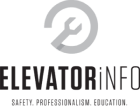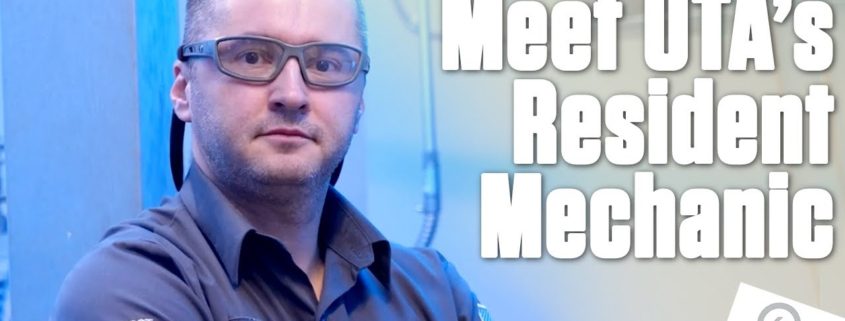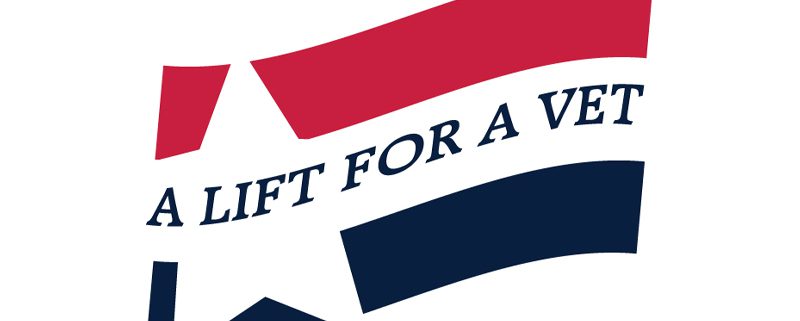With Summer 2022 just around the corner and temperatures rising, it’s the perfect opportunity to review practices that workers can follow to help protect themselves from heat-related illness. Heat stroke and heat exhaustion are common to all workers, and there is a need to be aware of the signs and prevention and treatment.
Check out more details on OSHA’s Heat Illness Prevention campaign, best practices, signs to watch out for and a dangerous example from a real-life situation with an elevator constructor.
OSHA’s Campaign
OSHA’s Heat Illness Prevention campaign, launched in 2011, educates employers and workers on the dangers of working in the heat. Through training sessions, outreach events, informational sessions, publications, social media messaging and media appearances, millions of workers and employers have learned how to protect workers from heat. Our safety message comes down to three key words: Water. Rest. Shade.
Dangers of Working in the Heat
Every year, dozens of workers die and thousands more become ill while working in extreme heat or humid conditions. There are a range of heat illnesses, and they can affect anyone, regardless of age or physical condition.
Employer Responsibility to Protect Workers
Under OSHA law, employers are responsible for providing workplaces free of known safety hazards. This includes protecting workers from extreme heat. An employer with workers exposed to high temperatures should establish a complete heat illness prevention program.
- Provide workers with water, rest and shade.
- Allow new or returning workers to gradually increase workloads and take more frequent breaks as they acclimatize or build a tolerance for working in the heat.
- Plan for emergencies and train workers on prevention.
- Monitor workers for signs of illness.
Worker responsibility
- Review the employers heat illness prevention policy
- Watch out for fellow workers
- Implement your employer’s safety plan of water, rest, shade
Millions of U.S. workers are exposed to heat in their workplaces. Although illness from exposure to heat is preventable, every year, thousands become sick from occupational heat exposure, and some cases are fatal. Most outdoor fatalities, 50% to 70%, occur in the first few days of working in warm or hot environments because the body needs to build a tolerance to the heat gradually over time. The process of building tolerance is called heat acclimatization. Lack of acclimatization represents a major risk factor for fatal outcomes.
Occupational risk factors for heat illness include heavy physical activity, warm or hot environmental conditions, lack of acclimatization, and wearing clothing that holds in body heat. (See also, personal risk factors, below.)
Hazardous heat exposure can occur indoors or outdoors and can occur during any season if the conditions are right, not only during heat waves.
Heat-Related Illnesses and First Aid
Several heat-related illnesses can affect workers. Some of the symptoms are non-specific. This means that when a worker is performing physical labor in a warm environment, any unusual symptom can be a sign of overheating.
Heat-Related Illness
|
Symptoms and Signs
|
| Heat stroke |
- Confusion
- Slurred speech
- Unconsciousness
- Seizures
- Heavy sweating or hot, dry skin
- Very high body temperature
- Rapid heart rate
|
| Heat exhaustion |
- Fatigue
- Irritability
- Thirst
- Nausea or vomiting
- Dizziness or lightheadedness
- Heavy sweating
- Elevated body temperature or fast heart rate
|
| Heat cramps |
- Muscle spasms or pain
- Usually in legs, arms, or trunk
|
| Heat syncope |
|
| Heat rash |
- Clusters of red bumps on skin
- Often appears on neck, upper chest, and skin folds
|
| Rhabdomyolysis (muscle breakdown) |
- Muscle pain
- Dark urine or reduced urine output
- Weakness
|
Employers and workers should become familiar with the heat symptoms. When any of these symptoms is present, promptly provide first aid. Do not try to diagnose which illness is occurring. Diagnosis is often difficult because symptoms of multiple heat-related illnesses can occur together. Time is of the essence. These conditions can worsen quickly and result in fatalities.
When in doubt, cool the worker and call 911.
See below for further first aid recommendations.
First Aid
OSHA’s Medical Services and First Aid standard and the Medical Service and First Aid in Construction require the ready availability of first aid personnel and equipment. First aid for heat-related illness involves the following principles:
- Take the affected worker to a cooler area (e.g., shade or air conditioning).
- Cool the worker immediately. Use active cooling techniques such as:
- Immerse the worker in cold water or an ice bath. Create the ice bath by placing all of the available ice into a large container with water, standard practice in sports. This is the best method to cool workers rapidly in an emergency.
- Remove outer layers of clothing, especially heavy protective clothing.
- Place ice or cold wet towels on the head, neck, trunk, armpits, and groin.
- Use fans to circulate air around the worker.
- Never leave a worker with heat-related illness alone. The illness can rapidly become worse. Stay with the worker.
- When in doubt, call 911!
- Confusion, slurred speech, or unconsciousness are signs of heat stroke. When these types of symptoms are present, call 911 immediately and cool the worker with ice or cold water until help arrives.
- Workers who are new to working in warm environments are at increased risk of heat-related illness. See the Protecting New Workers section of this website for more details. Especially during a worker’s first few days, absolutely all symptoms should be taken seriously. Workers who develop symptoms should be allowed to stop working. They should receive evaluation for possible heat-related illness.
Prevention
Heat-related illnesses can be prevented. Prevention requires employers and workers to recognize heat hazards. Management should commit to:
You can learn more about these preventive measures by exploring the links on this page.
Standards
Employer Responsibilities (OSHA Standard: General Duty Clause)
Under the General Duty Clause,
Section 5(a)(1) of the Occupational Safety and Health Act of 1970, employers are required to provide their employees with a place of employment that “is free from recognized hazards that are causing or likely to cause death or serious harm to employees.” The courts have interpreted OSHA’s general duty clause to mean that an employer has a legal obligation to provide a workplace free of conditions or activities that either the employer or industry recognizes as hazardous and that cause, or are likely to cause, death or serious physical harm to employees when there is a feasible method to abate the hazard. This includes heat-related hazards that are likely to cause death or serious bodily harm.
(2) shall comply with occupational safety and health standards promulgated under this Act.
Remember Section 5(b) is your responsibility to comply with occupational safety and health standards.
(b) Each employee shall comply with occupational safety and health standards and all rules, regulations, and orders issued pursuant to this Act which are applicable to his own actions and conduct.
The following is an actual example of an Elevator Constructor suffering from the heat illness and his close call.
“I had been running weekend OT calls on a hot Atlanta Saturday and was somewhere around hour 12 for the day. An entrapment call for a parking deck elevator came in after the Braves game and passengers were out when I arrived. The Fire Department had taken passengers out of the emergency escape hatch, and it was left open.
I positioned the car at the top landing so I could access the car top and work on the open escape hatch. I was having difficulty getting the switch closed and needed a tool from my bag at the front of the car. When I stood up to get my tool bag, I immediately became lightheaded and dizzy and lost my balance falling against the car top handrail. This was a duplex hoistway and I fell into the middle of the hoistway or the open car side. If it had not been for the car top handrail, I’m certain I would have gone over the side.
I attribute this incident to not staying hydrated and stopping to eat when I was hungry. Also, self-awareness of where I was on top of the car when standing up.”
All workers should be aware of the dangers of Heat Illness (as it can affect anyone without warning) and remember employer’s safety plan of Water, rest, shade.






